Here’s an oxymoron for you: I’m speechless and I have so much to say! We arrived at Cierva Point last night, the location on the peninsula where Argentina’s Primavera Station is located. The scenery was breathtaking. Since I’ve last written, I’ve seen 5 more humpback whales and chinstrap penguins swimming in the water beside the ship. I was surprised by how small the penguins seemed in the water and how far they were from land. I've also been absolutely amazed by the icebergs. Pictures don't quite capture it, but I hope these give you an idea of my surroundings.
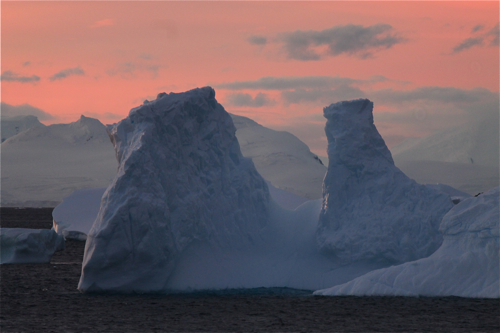
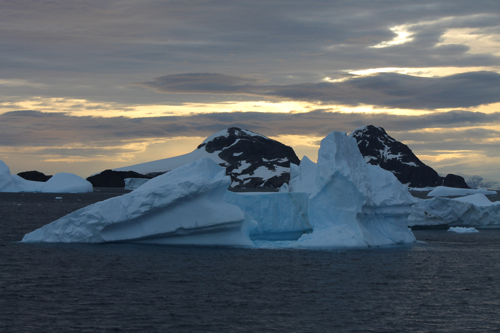
The geology team I wrote about yesterday got off the LMG at about 8:00 p.m. to explore the areas around Primavera Station for a study site. It was exciting to see them drive by on a zodiac! They were clearly enthusiastic and their “whoops” made me smile. As it turned out, they didn’t have a chance to go exploring because they spent the evening talking with the Argentinian scientists. They were surprised to find the scientists still at Primavera Station; before arriving, their understanding was that the station would be cleared out for winter. (Remember, it’s the end of the austral summer down here so winter is approaching!)
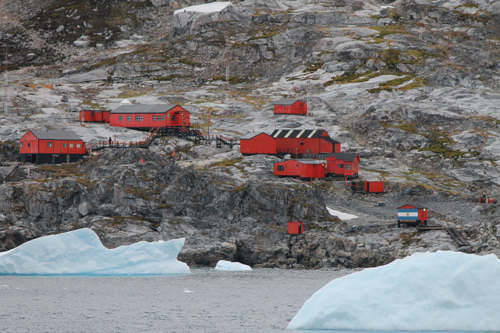
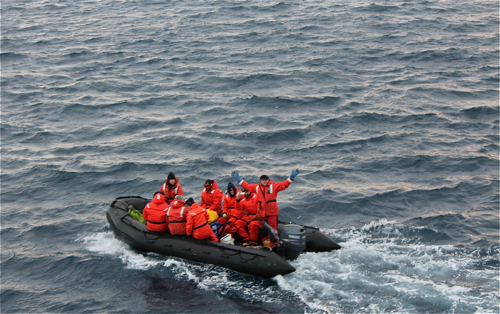
It’s 8:20 a.m. on Thursday now and Dr. Bockheim and his team will be leaving again in about an hour to take another look. We are still about 100 miles from Palmer Station and it will take us another 10 hours to get there after the geologists return to the LMG. I can’t wait to arrive at Palmer Station!
Before signing off for today, I want to share some photos of cape petrels, an incredible bird with striking black and white markings. There are several species of petrels in Antarctica; they are all large seabirds with two tube nostrils joined at the top of their bill. These are used for olfaction, or smell, to help them locate food. In addition, petrels have a salt gland at the base of their bill, near their eye, used to eject excess salt that they ingest in drinking ocean water. You may remember my discussion of giant petrels in my journal from 1-23-2012. They are the species of petrel Dr. Amsler spoke about during his visit to State High that use “gacking,” or projectile vomiting as a defense mechanism. If you haven’t read that journal, check it out. It will give you a great idea of the wildlife I expect to see once I arrive at Palmer. (I’ve noticed people on the LMG just say “Palmer” instead of “Palmer Station.”)
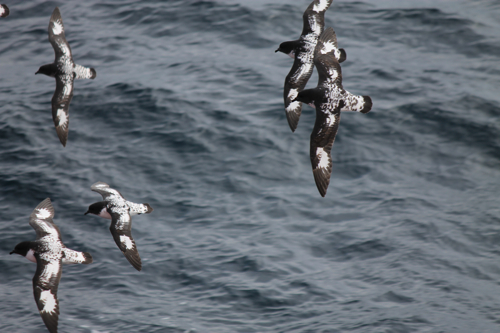
As we came through the Antarctic Convergence, the number of birds around the ship increased significantly. The Antarctic Convergence is also called the Polar Front and is a zone of variable width characterized by steep gradients in sea-surface temperature, abrupt changes in phytoplankton abundance, zooplankton distribution, pelagic bird species and weather conditions. As we came across the convergence, I noticed on the instrument panel in the bridge that both the sea surface temperature and the air temperature dropped significantly in a matter of hours. I began to see more seabirds, including skuas and petrels. The cape petrels were very accommodating and let me shoot some great photos of them.
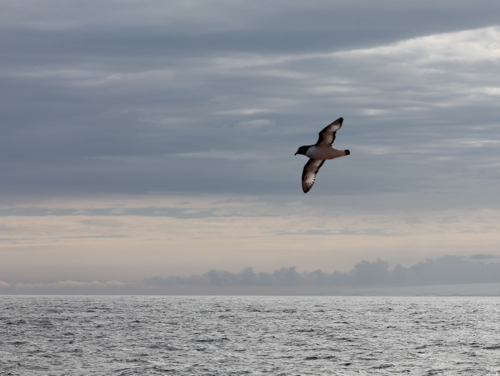
Next time I write, I’ll be at Palmer Station! I can't wait.


Comments